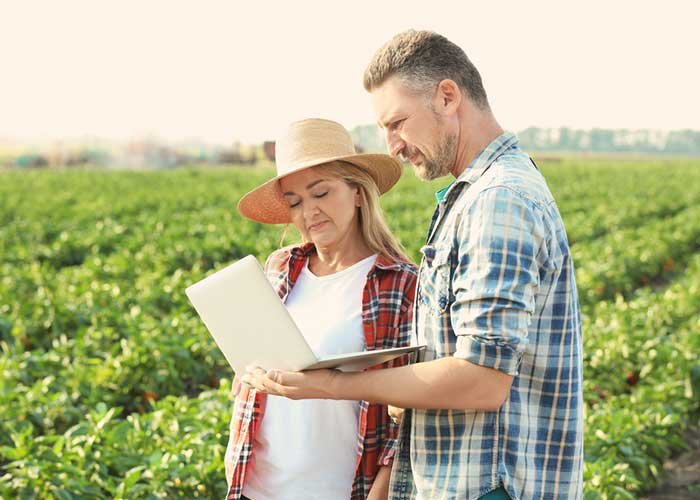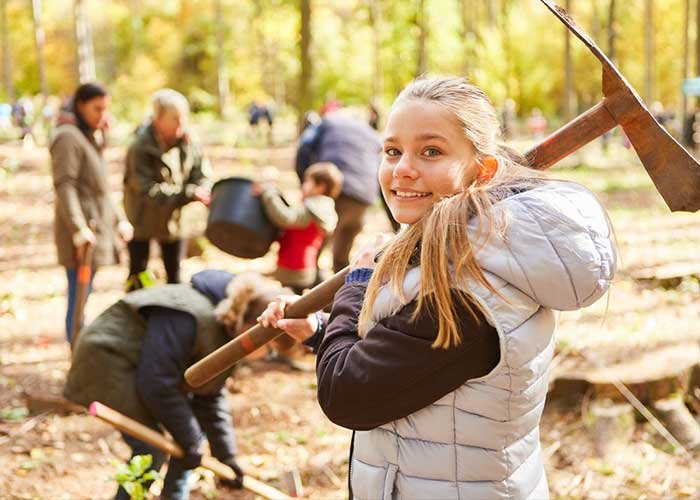regenerative agriculture practices and reforestation projects Are The Key!
The Role Farmers Will Play In Reaching Global Zero Emissions Targets.

regenerative agriculture practices and reforestation projects Are The Key!
Farmland occupies 38% of the global land surface. So of the available land where carbon can be sequestered, it stands to reason that farmers who oversee the farmland will play one of the biggest roles in helping the world reach Net-Zero global emissions.
The main two ways that farmers will help is through regenerative agriculture practices and also through reforestation projects. With modern large scale commercial agriculture, much of the soil has been depleted and is less fertile and sequesters way less carbon than it otherwise should.
There are a variety of farming techniques and strategies that can be applied to increase the strength of the soil, improve biodiversity in the soil biome, increase resiliency of the plants and the overall ecosystem on farmland and thus increase the amount of carbon sequestered in the soil.
1. Increase Amount Of Carbon Sequestered

Specific methodologies will vary slightly between crops and ecological regions, but the main principles still apply. Strategies like
- No tilling/less tilling
- Cover crops to increase biodiversity, plant resiliency, minimal erosion and higher carbon sequestration
- Natural fertilizers vs synthetic fertilizers
- Composting
2. Reforestation

In addition to the above, another way that farmers will help is through reforestation. The lands that are primarily available for reforestation are lands that have been deforested or cleared to create farmland. So it stands to reason that for sections of forest to be restored back to the rainforest or other types of forest, that farmers would then need to repurpose the intent of their land from farming to restoring a forest ecosystem.
The lands that are most ideal to restore are remote and adjacent to national parks and existing tracts of forest. These lands are typically abandoned or not being used for agriculture. They cost less to acquire and they have the maximum benefit for the natural ecosystems in expanding territory for apex predators and all wild life. And these lands have the least impact for affecting farming and humans.
3. Farmers & landowners are at the frontline
Farmers and landowners are at the frontline in the fight to save our climate. They have their hands in the ground and are intricately familiar with their land. They each have choices in how to use their land. And it will take a coordinated effort around the world to help farmers change their standard practices and apply regenerative agriculture methods.
Farmers are the salt of the earth and provide food for the whole world. Now they will also help to sequester carbon for the world and be at the forefront of the climate fight as well.









